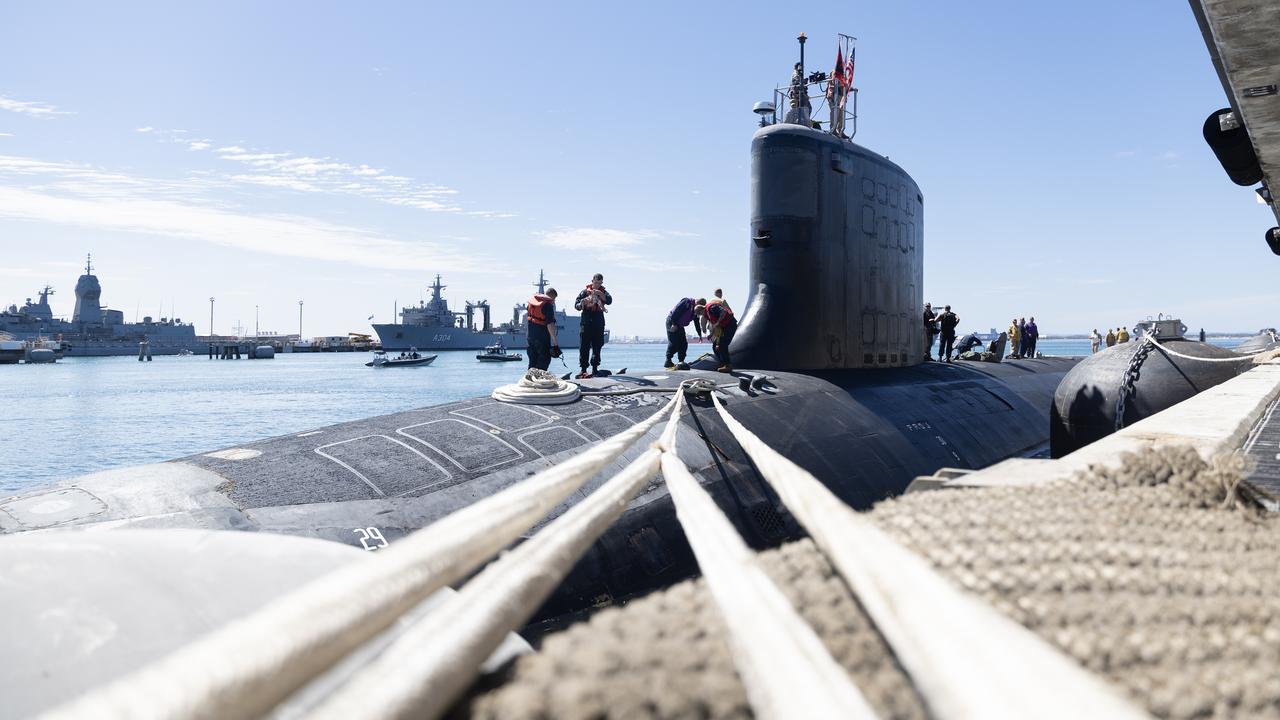Lack of integrated air and missile defence leaves our bases exposed
The 2023 DSR stated that ‘Defence must deliver a layered integrated air and missile defence (IAMD) operational capability urgently...’, but there appears to be no significant effort towards addressing that.

The 2023 Defence Strategic Review (DSR) stated that “Defence must deliver a layered integrated air and missile defence (IAMD) operational capability urgently … (comprising) a suite of appropriate command and control systems, sensors, air defence aircraft, and surface (land and maritime) based missile defences”.
It goes on to say that “Defence’s medium-range advanced and high-speed missile defence capabilities should be accelerated”, and specifically states that the DSR authors are not supportive of the relative priority that Defence has given to IAMD.
The review states that “the program is not structured to deliver a minimum viable capability in the shortest period of time but is pursuing a long-term near-perfect solution at unaffordable cost”.
AIR-6500, a project that has been running for many years to deliver an integrated air battle management system, is making slow progress. But worryingly, there appears to be no significant effort towards addressing the concerns in the DSR to make urgent decisions on a land-based IAMD interceptor capability to defend Australia’s critical northern bases against incoming ballistic and cruise missile threats, or the threats posed by long-range armed drones.
As a result, the battle management system of AIR 6500 remains effectively toothless, at least in terms of an adequate land-based interceptor capability to counter long-range missiles deployed by China’s PLA Rocket Forces.
These include the DF-26 Intermediate Range Ballistic Missile, and the even more advanced DF-27 which is equipped with a hypersonic glide vehicle. These missiles can strike at northern Australia bases from southern China and the South China Sea. China’s ship and air-launched missile threats from PLAN and PLAAF platforms include a range of air-launched ballistic and cruise missiles, and hypersonic weapons to add to the threat.
The risk is that absent land-based missile defences, we will be dependent on our fighters and naval vessels to provide missile defence. These may not be able to exactly be positioned to effectively defeat multiple incoming missile and drone threats against key northern bases. And the next war is likely to be protracted rather than short, so the question of sustaining fighters and naval vessels on station for months of high intensity operations must be challenged.
The 2024 IIP pushes back decisions about when land-based IAMD might be acquired to the 2026 IIP, noting that “the acquisition of new active missile defence systems will be considered as technology matures, including in the context of the 2026 National Defence Strategy, taking into account developments in the technology used by the United States and other key partners”. That means a land-based IAMD mission for the Army is a mid to late 2030s mission at best.
Yet a range of operationally mature land-based missile defence systems are available now, which could be rapidly acquired in a “military off the shelf” acquisition to address this glaring gap in Australia’s defences.
These systems include Patriot, which are being used daily in Ukraine to counter advanced Russian missile threats, including hypersonic weapons such as Khinzhal and Tsirkon, as well as waves of Iranian-supplied drones. Meanwhile, Israel has demonstrated the effectiveness of its Iron Dome to provide point defences against a range of short-range threats and its Arrow 2 and 3 missile interceptors to counter MRBM and IRBMs fired by Iran.
The US has deployed its THAAD ballistic missile defence system onto the Korean Peninsula, as well as in the UAE, Israel and Romania, and across the US to counter North Korean short and medium range ballistic missile capabilities and has demonstrated the effectiveness of SM3 Block IIA as part of Aegis Ashore, which have been deployed in Romania and Poland, as well as on Guam. Kongsberg, which provides Army with NASAMs for short-range battlefield air defence, also offers longer-range missile defence capabilities based around an evolved version of AMRAAM and Raytheon’s SkyCeptor missile, with a 200km range.
These capabilities are available now and could be acquired quickly to counter ballistic and cruise missile threats, as well as drone threats, to key bases in the north.
The goal should not be to provide national missile defence for Australia, but instead to quickly deploy a directed and focused defence of vital military infrastructure essential to the ADF and its allies seeking to undertake sustained military operations in a future war.
Ignoring the advice of the DSR, the authors of the NDS and IIP seem content to wait for a silver bullet solution, which, given the rapidly building threat posed by Chinese missile capabilities, doesn’t make much sense.



To join the conversation, please log in. Don't have an account? Register
Join the conversation, you are commenting as Logout